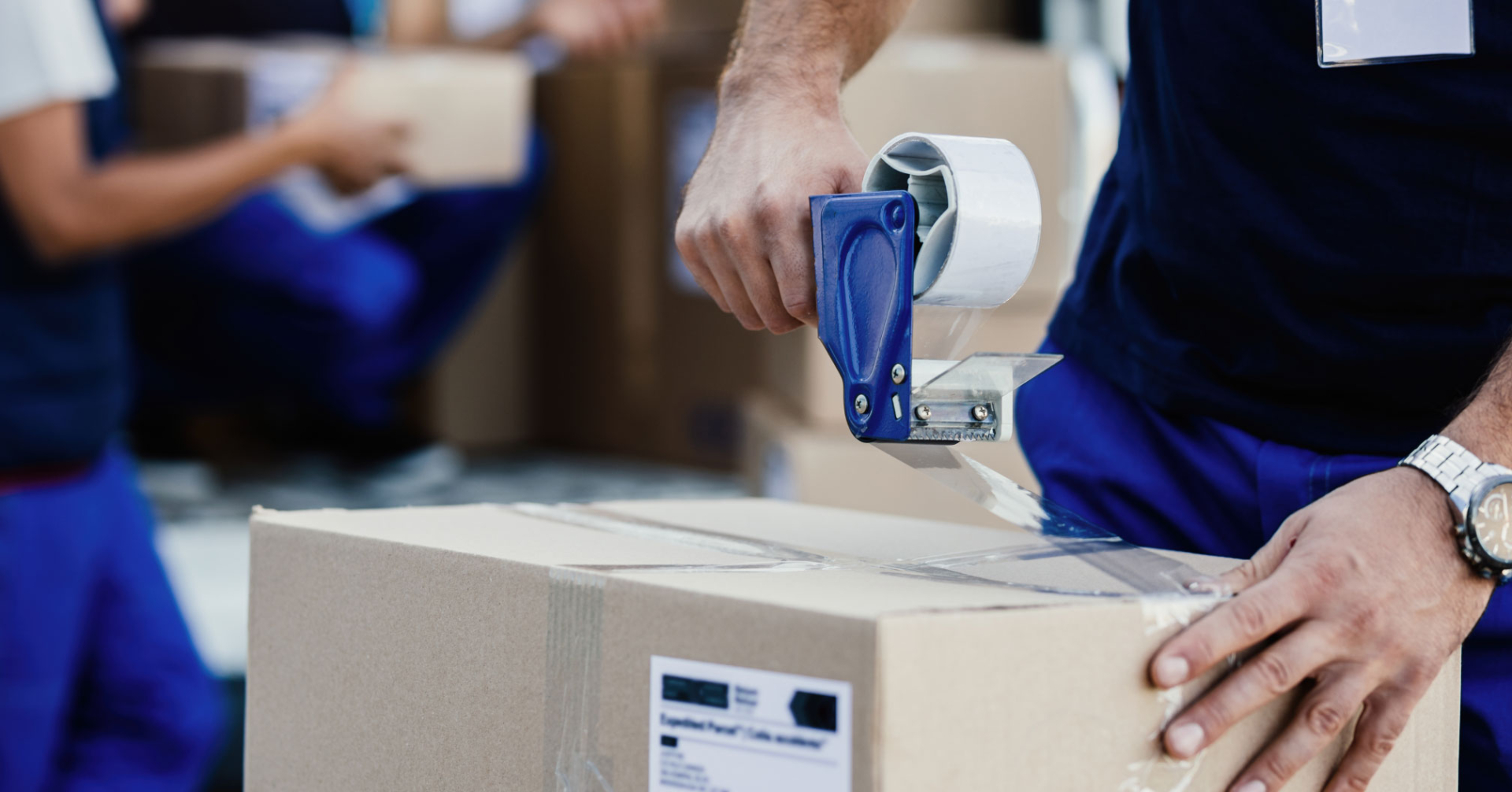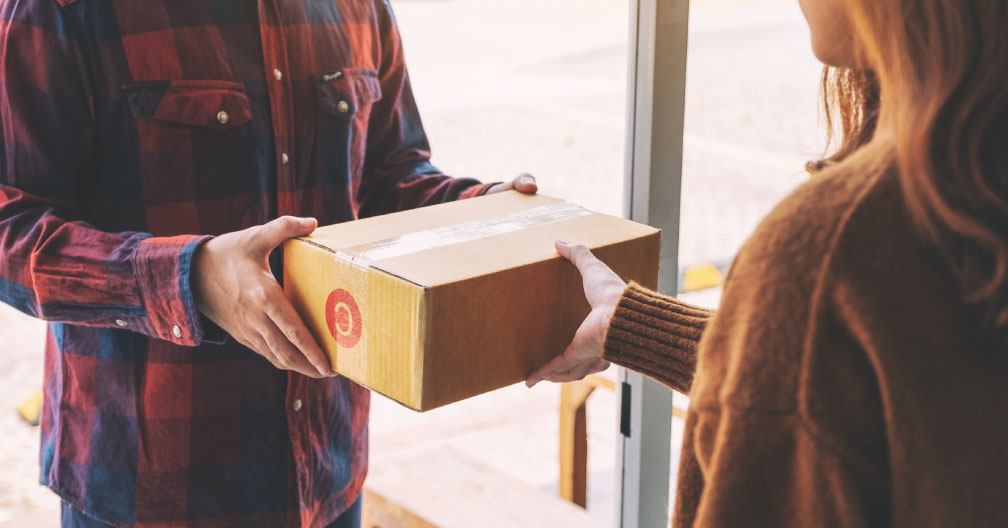
What Is Last Mile Delivery and How to Overcome its Challenges
Today’s consumers demand frictionless shopping experiences, placing tremendous pressure on brands to optimize end-to-end operations. From the ease of order placement down to swift and affordable shipping, every stage of the supply chain must be taken into account for a seamless delivery experience.
As same-day and next-day delivery become common options for online shopping, brands are expected to provide hassle-free delivery experiences at minimal cost. Without a strong process in place, sluggish delivery processes can lead to unsatisfied customers and poor brand reputation.
A key component of a robust delivery process is optimizing the “last mile,” more aptly known as last mile delivery. We define last mile delivery as the movement of goods from the transportation hub all the way to the customer’s delivery address.
To meet customer expectations and gain a competitive edge, brands must master the last mile delivery process. In this article, we’ll take you through the following:
References –
[1] – Statista.com – Share of last-mile delivery costs out of total shipping costs in 2018 and 2023
- The Importance of Last Mile Delivery and How it Works
- Common Last Mile Delivery Problems and Issues
- Solutions to Optimize Last Mile Delivery
- Conclusion
The Importance of Last Mile Delivery and How It Works
As the final leg in order fulfillment, last mile delivery is one of the most complex and high-impact phases of the delivery process. Timely arrivals, professional delivery personnel, and careful handling of packages build trust and loyalty, while a negative experience can spark frustration and affect a brand’s reputation. With the power to shape brand perception and directly impact a company’s bottom line, perfecting last mile delivery is essential to succeeding in the e-commerce industry. Before we dive into the intricacies of last mile delivery, it’s crucial to understand what role last mile logistics play in order fulfillment to understand its influence on customer satisfaction. Here’s a breakdown of how e-commerce last mile delivery fits into the supply chain:- Order Processing
- Route Planning
- Last Mile Delivery
- Confirmed Handoff
Common Last Mile Delivery Problems and Issues
Now, knowing the importance of last mile delivery is critical to understand the primary challenges that brands may face in this phase of delivery. The “last mile problem” refers to inefficiencies in last mile logistics. As a customer-facing stage of order fulfillment, brands need to strike a balance between fast and affordable delivery while minimizing costly and time-consuming processes. Here’s a look at common challenges of last mile delivery that brands may face as the e-commerce industry continues to develop:a. Rising delivery costs
The inevitable rise of fuel prices, labor costs, and shipping fees has pushed brands to reassess their logistics strategy. These increasing costs strain profit margins and challenge the sustainability of their delivery models [1].b. Lack of order transparency
Customers often have limited visibility into their order status and delivery timeframe. This sparks frustration and unnecessary calls to customer support as brands struggle to provide accurate information.c. Slow return logistics
From complex return policies to lengthy return processes, inefficient return management can become a logistical and PR nightmare if brands don’t streamline and simplify the overall return process.d. Missed deliveries
Without strong and automated communication processes with 3PLs and carriers, missed deliveries can become a common occurrence. Roadblocks like insufficient address information can result in customer dissatisfaction and additional logistics issues.Solutions to Optimize Last Mile Delivery
To stay competitive in the online retail sphere, it’s become top priority for brands to explore the latest in last mile delivery logistics solutions. Building an effective and efficient last mile strategy calls for an innovative approach. The following steps can streamline logistics operations and improve the last mile experience for your customers:
a. Automate carrier integration
Brands require the ability to not only process orders from multiple marketplaces such as Amazon, Lazada, and their own website, but also integrate with leading last mile carriers for an automated, centralized experience. Ensuring an automated flow of communication between the warehouse and last mile carriers is best achieved through the use of Warehouse Management Software.
b. Partner with a reliable 3PL
The ideal third-party logistics (3PL) provider empowers brands to leverage last mile delivery expertise, optimize logistics operations, and improve customer experience with reliable deliveries. As the 3PL assumes responsibility over the last mile delivery process, brands are able to direct their focus onto other high-value tasks.
c. Foster transparent customer communication
Stay attentive to your customers’ needs by actively communicating the status of their order. By providing automated and real-time tracking, brands can ensure precise, transparent delivery updates. Consistent communication reduces the burden on customer service and fosters brand loyalty as customers gain trust in the brand’s overall shipping performance.
Conclusion
Last mile delivery is a vital part of the e-commerce experience. To ensure customer satisfaction, time is of the essence. Purpose-built logistics solutions like Anchanto’s Warehouse Management System enable brands to integrate with carriers, ensuring automated flow of information and a seamless last-mile delivery experience for customers.
Connect with our experts today to discuss how our innovative Warehouse Management System, among other solutions, can upgrade your last mile logistics.
References –
[1] – Statista.com – Share of last-mile delivery costs out of total shipping costs in 2018 and 2023


